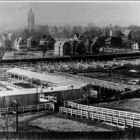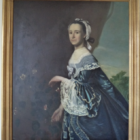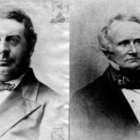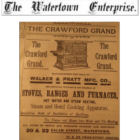Around Town
Historical Society Hosts One-Woman Show About Ruth Bader Ginsberg
|
Sheryl Fay will present her one-woman show on Ruth Bader Ginsberg at the Watertown Library. (Courtesy of SherylFaye.com)
The following announcement was provided by the Historical Society of Watertown:
The Historical Society & Watertown Free Public Library present: Ruth Bader Ginsberg: “I Dissent.” Performed by Sheryl Faye. WHEN: Sunday September 24, 2023, at 2 p.m.
WHERE: Watertown Free Public Library- Watertown Savings Bank Room, 123 Main St., Watertown MA 02472
In her one-woman performance, Sheryl Faye brings Justice Ginsburg to life. Ginsburg was an American lawyer and jurist who served as an associate justice of the Supreme Court of the United States from 1993 until her death in September 2020.







